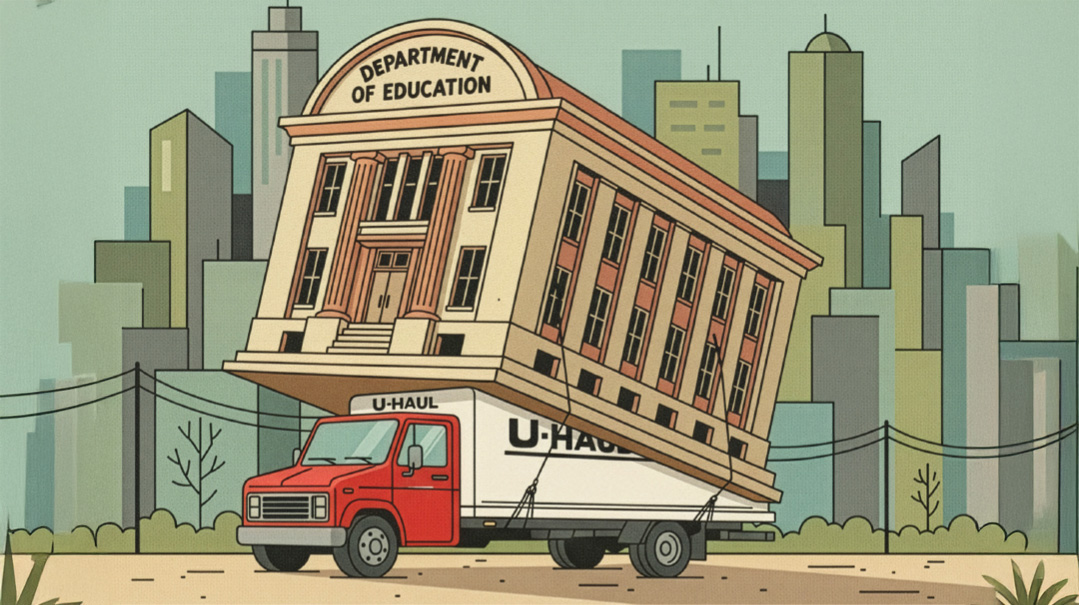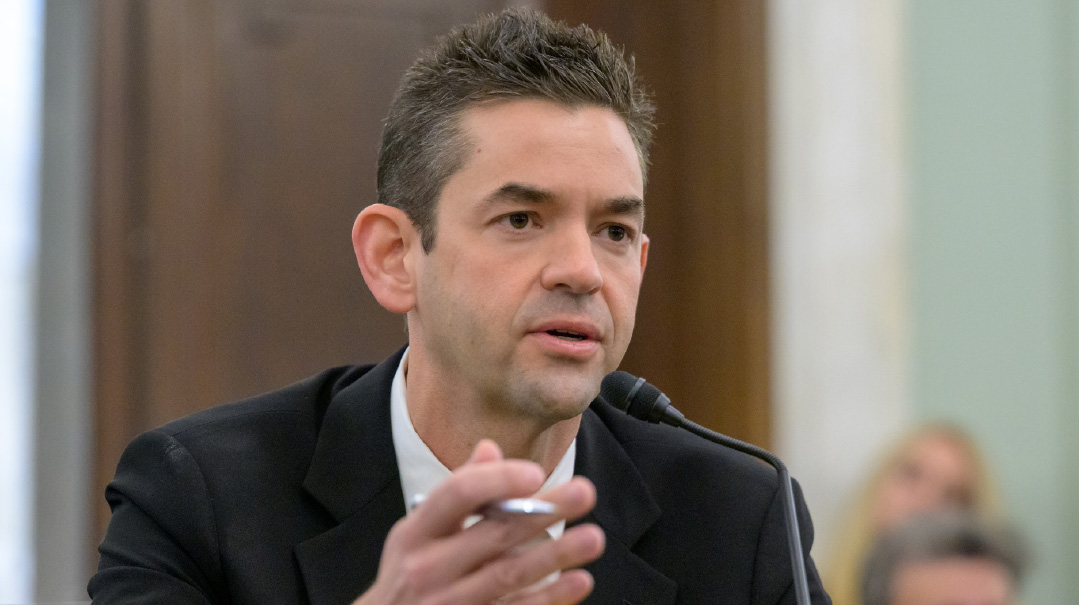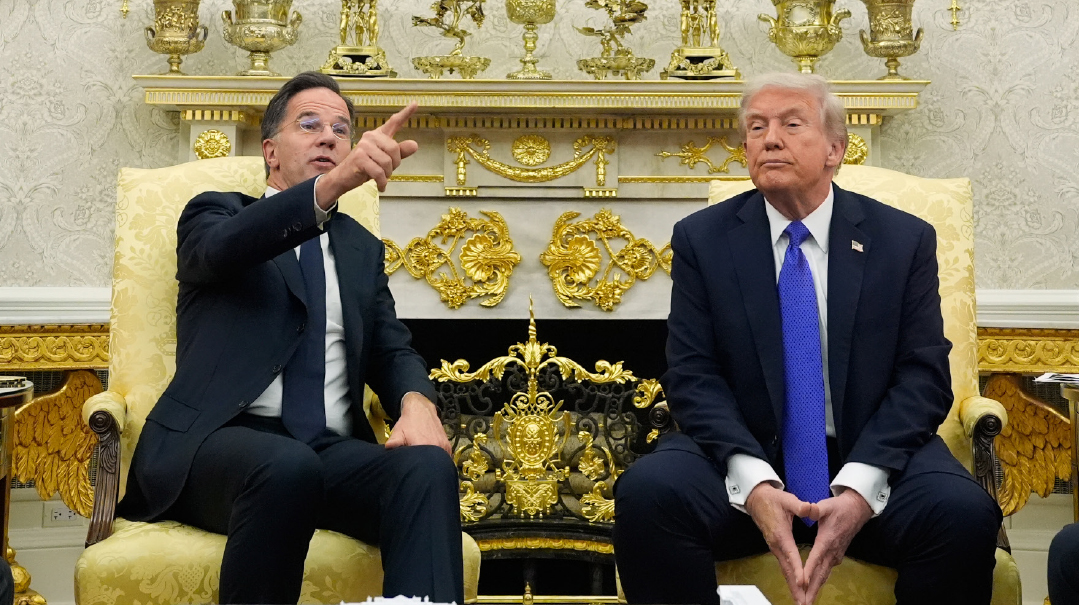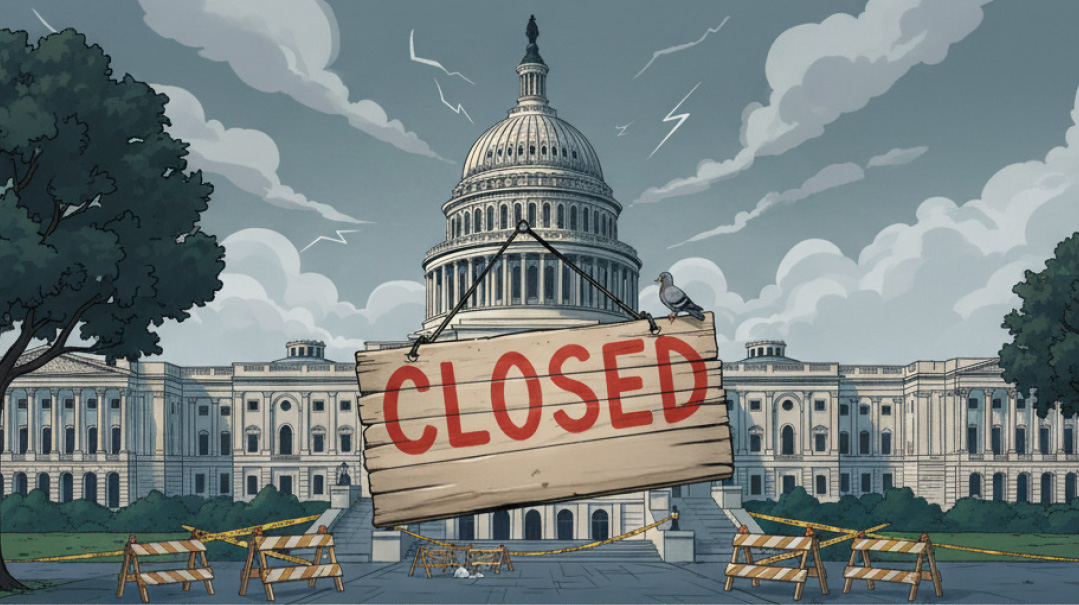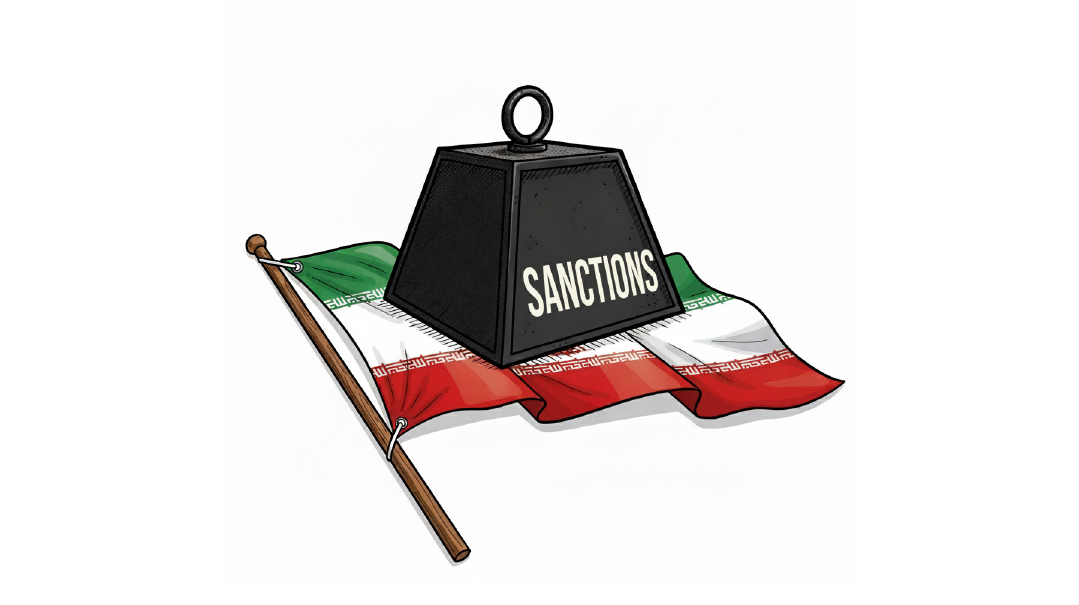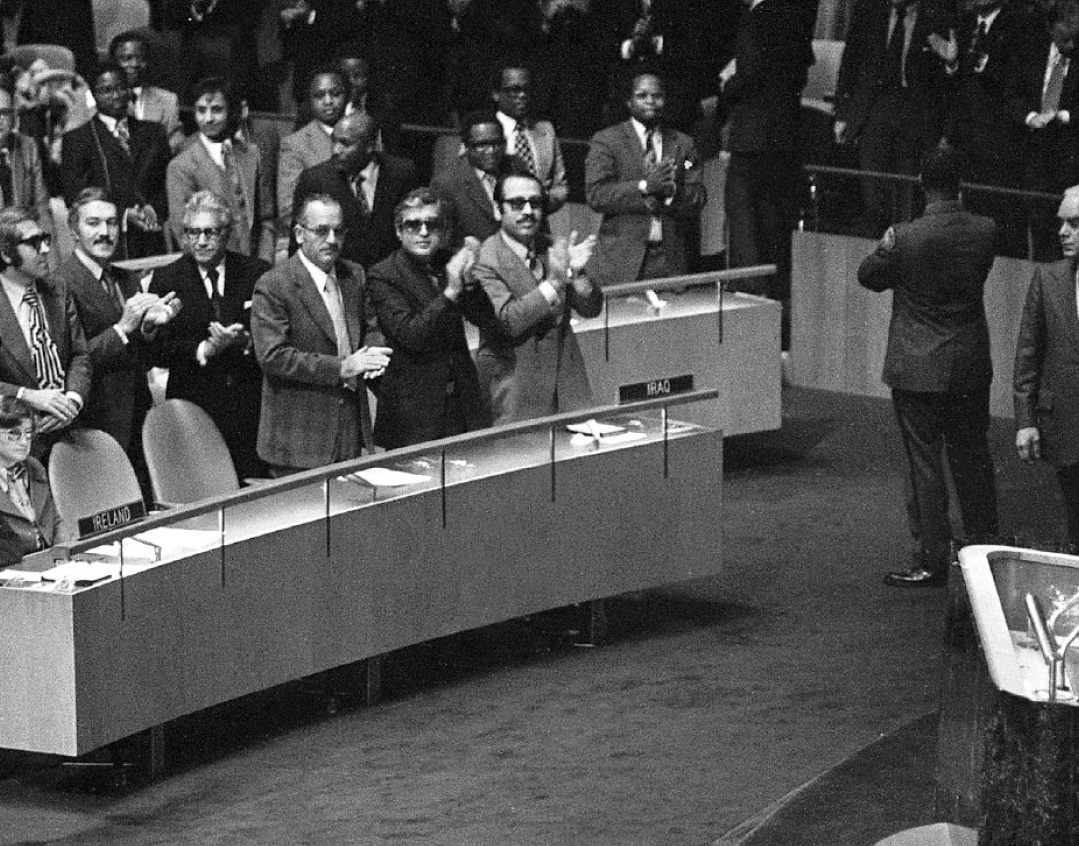Flipping Tables at the G7
| June 3, 2025In Trump’s first term, he rejected the rules. In his second, he’s rewriting the script

D
uring his first term, President Donald J. Trump wondered why we even had summits like the G7. The Group of Seven (a slimmed-down version of the G8, which once included Russia) is an annual summit of the world’s leading advanced economies: the United States, Canada, the United Kingdom, France, Germany, Italy, and Japan, plus the European Union and leaders representing a handful of other relevant nations (like Ukraine, Mexico, and Australia).
It’s supposed to be where the world’s most powerful democracies coordinate global policy, issue joint statements, and voice their “deep alarm” and “grave concern” over bad stuff that’s happening.
In Trump’s eyes, all this diplomatic decorum, all these synchronized statements and tiresome talking points are as lame as a conspiracy theory without Jews. Trump sees and hears one thing: boring. Too many leaders talking in turns, too many topics he didn’t choose, and too many signatures required on a document that no one actually reads (unless they absolutely need to for a living).
These summits frustrate him because they’re designed to smooth edges, but he runs on friction. And results. Trump doesn’t attend to collaborate, he attends to control. In a room full of cautious consensus-builders, he’d rather flip the table and sell the legs on Truth Social. When Trump wants to get something done, he wants it done his way, he wants it now, and he’ll throw a tantrum until it happens. After all, why bother making friends when you can make headlines?
And so in the past, instead of attending the G7, Trump would disrupt it. In 2017, he ditched a symbolic group stroll of world leaders and rolled solo in a golf cart instead. In 2018, he refused to sign the joint statement, then torched Trudeau on Twitter midflight, calling him “dishonest and weak.” He skipped climate sessions in 2019 and once floated inviting Russia just to shake things up. Show me the summit Trump attended and I’ll show you the mark he left on it.
And now? Well, this year’s gathering in mid-June isn’t just another G7, especially since the summit’s being hosted by Canada, a county that Trump has been eyeing as the 51st state of America. Trump returns to the summit not as a freshman disruptor, but as a second-term conductor, fully in control and unfazed by the setting.
And the cast around the table in Kananaskis, Alberta? Practically brand new. Germany, the UK, Canada, and Japan are all sending leaders who’ve never attended a G7 before, walking into a summit where the headliner already knows how to steal it.
In Trump’s first term, he rejected the rules. In his second, he’s rewriting the script. Trump’s done playing games; instead, he’s bringing a gameplan.
First, let’s take a step back to Trump: the solo act. In recent months, Trump has treated the Oval Office less like a place for quiet diplomacy and more like the set of a courtroom reality show, offering himself as the judge, jury, and headline-maker-in-chief.
South Africa’s President Cyril Ramaphosa got ambushed by a grievance tour on white South African farm murders that he never signed up for. Volodymyr Zelenskyy was scolded like a schoolboy for not saying “thank you” properly. Bibi Netanyahu was told to hold off on air-striking Iran so Trump can try out his nuclear negotiation skills. And more recently, Vladimir Putin was given two weeks to stop being a villain, a deadline which is set to expire just in time for the summit.
The message couldn’t be clearer: Meet with Trump, and you’re effectively signing up to be a pawn, a prop, or a punchline in whatever power play he’s staging next. The difference now? He’s traded in his Oval Office for the global stage and everyone else is trapped within.
Beneath the spectacle and theatrics, real issues still hang in the balance: tariffs, trade imbalances, climate pledges, AI governance, and global economic stability. Meanwhile, wars rage in Eastern Europe and Gaza. But here’s the thing: Trump doesn’t just hijack these summits for fun, he genuinely sees them as inefficient and perhaps even counterproductive. To him, they’re bloated rituals run by overtalking technocrats who make vague promises they won’t keep and sign documents nobody enforces.
Case in point: If the G7 is really so effective, why are they still talking about the same few problems — Ukraine, climate change, and food insecurity — year after year, summit after summit, communique after communique? Trump doesn’t trust groupthink, resents structured compromise, and questions the return on investment of sitting in a room with six other leaders just to be told the US owes more money or less emissions.
Trump’s model is transactional and theatrical. Instead of policy memos or passive-aggressive communiqués, he closes deals, commands optics, and speaks over the heads of bureaucrats directly to the public, all while wielding ceremony, flattery, and leverage as weapons of choice.
This sets the stage for what’s likely to happen at the G7. Expect him to treat the summit not as a forum for consensus-building, but as a showroom for American dominance. Just as he bypassed traditional diplomacy in the Gulf by turning meetings into press events and economic deals into power statements, he’ll try to dominate the G7 through sheer presence and provocation. Forget lengthy multilateral discussions or carefully worded joint statements. He wants commitments, not conversations. Speed, not consensus.
The recent Gulf trip showcased how he strips diplomacy of its delay tactics. When he brought leaders to the table, he made them commit on camera, injecting urgency and visibility. That same tactic could terrify G7 members used to guarded language and years-long negotiations. Trump’s goal is to corner them publicly and make them respond in real time.
So what’s less likely to happen — Trump sitting through an entire summit without creating chaos, or the other world leaders actually solving any of the problems they came to discuss? In other words, who’s the bigger clown? Trump, for blowing up a diplomatic sleepover, or the others, for dressing up like the “adults in the room,” and showing up armed with buzzwords, binders, and perfectly parted hair, only to walk away with “ongoing dialogue,” a group photo, and a participation trophy? Who’s the fool: the guy mocking the game, or the ones still pretending it’s being won?
Trump disrupts because he finds the ritual insulting. The others cling to the ritual because it’s the only thing they know. And maybe, just maybe, what really unsettles them isn’t Trump’s tantrum. It’s his refusal to play pretend.
So as the other leaders rehearse their soundbites, prep their binders, and practice their polite smiles, Trump is sharpening his sledgehammer…
(Originally featured in Mishpacha, Issue 1064)
Oops! We could not locate your form.

